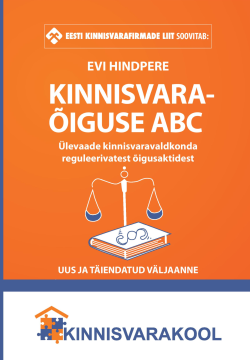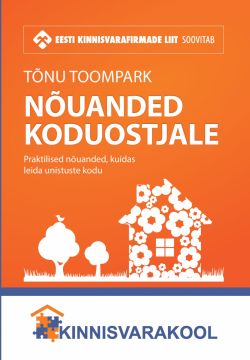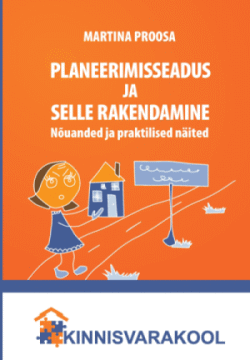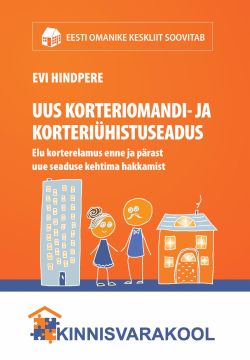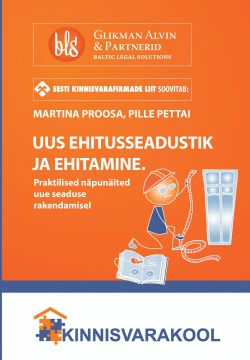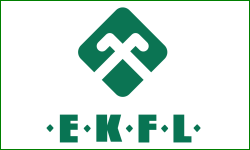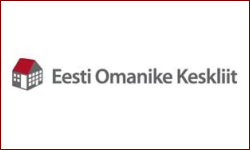 In the second quarter, the situation in the labor market was still good in Estonia. Employment was high and unemployment low. According to Statistics Estonia, in the second quarter, the unemployment rate was 5.8% and the number of the employed grew strongly, by 4.9%, over the year, but the stat. office survey does not take into account the 50, 000 Ukrainian refugees that have reached Estonia by now as their labour force survey’s sample was formed at the start of the year, before the war in Ukraine escalated. Together with Ukrainian refugees, the unemployment rate reached an estimated 6.5%. One tenth of the registered unemployed were Ukrainian refugees.
In the second quarter, the situation in the labor market was still good in Estonia. Employment was high and unemployment low. According to Statistics Estonia, in the second quarter, the unemployment rate was 5.8% and the number of the employed grew strongly, by 4.9%, over the year, but the stat. office survey does not take into account the 50, 000 Ukrainian refugees that have reached Estonia by now as their labour force survey’s sample was formed at the start of the year, before the war in Ukraine escalated. Together with Ukrainian refugees, the unemployment rate reached an estimated 6.5%. One tenth of the registered unemployed were Ukrainian refugees.

Despite the nearly 50,000 people being unemployed, employers still face labour shortages, especially in the construction sector. According to Statistics Estonia, 16,000 Estonian residents work abroad, 6,000 of them in the construction sector. The cooling of the economic climate in Scandinavia might attract some of them back to Estonia.
In the second half of this year, GDP growth is expected to slow considerably. Entrepreneurs are plagued by rising costs, various supply chain issues, declining orders, and war-related business restrictions. Private consumption is suppressed by an exceptionally large decline in household purchasing power. June’s economic data already showed a decrease in the volume of both industrial production and retail sales.
The deteriorating economic environment affects the labor market. However, the increase in unemployment will remain moderate, as the economic downturn is expected to be mild and short-lived. The increase in the number of the unemployed should alleviate labor shortages somewhat. However, wage growth will remain rapid both this year and next. Swedbank forecasts a 10-percent increase in the average gross wage for this year. In addition to the shortage of specialists the labour market needs, the rapid rise in prices and the increase in the minimum wage are behind the rapid wage growth.







